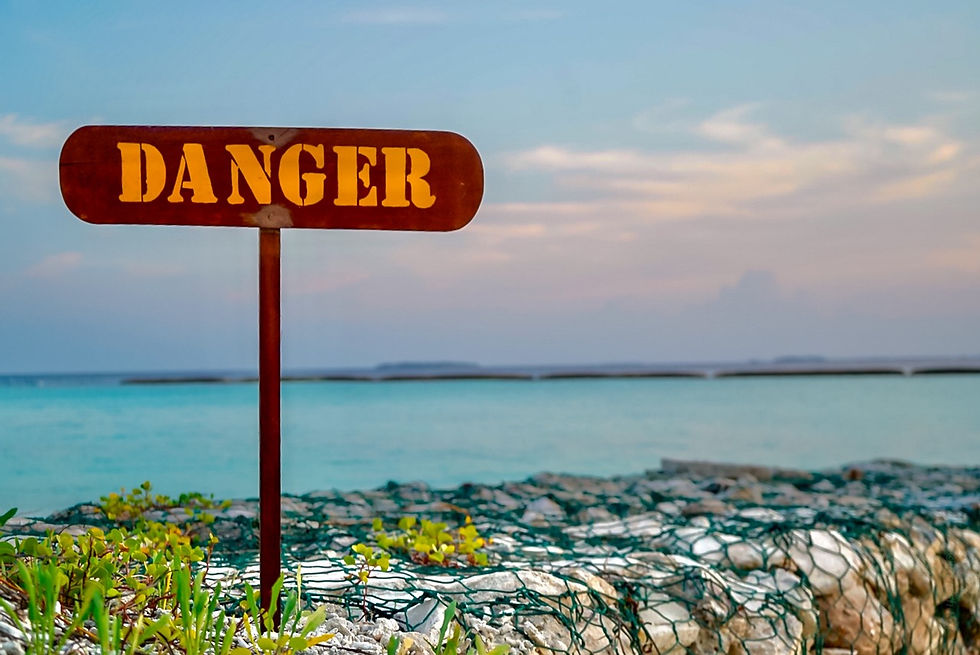What Are The Top 3 Things Bison Need to Survive?
- JJ Bison

- Jul 14, 2023
- 2 min read

Bison, also commonly known as buffalo, are large and majestic animals that are native to North America. These herbivores are an important part of the ecosystem and play a vital role in maintaining the balance of nature. However, bison have faced many challenges in the past, including habitat loss, overhunting, and disease. In order to ensure their survival, there are a few key things that bison need.
Adequate space: Bison are large animals and they need a lot of space to roam and graze. In the past, bison roam freely across much of the Great Plains, but as the human population grew, bison were increasingly confined to smaller areas. This can lead to overgrazing and other problems, such as soil erosion. To ensure the survival of bison, it is important to protect and preserve their natural habitats, including grasslands and prairies.
Access to water: Like all animals, bison need water to survive. In their natural habitat, bison typically get their water from rivers, streams, and other bodies of water. However, in some areas, these sources of water may be scarce, which can make it difficult for bison to find enough to drink. It is important to ensure that bison have access to clean, fresh water, especially during times of drought.
A varied diet: Bison are herbivores and their diet consists mostly of grasses, but they also eat other plants, such as weeds and shrubs. To ensure that they get the nutrients they need to survive, it is important that bison have access to a varied diet. In some areas, bison may need to be provided with supplements, such as hay or grain, in order to make up for any deficiencies in their diet.
In conclusion, bison are important animals that play a vital role in the ecosystem. To ensure their survival, it is important to protect and preserve their natural habitats, ensure that they have access to clean, fresh water, and provide them with a varied diet. By taking these steps, we can help to ensure the survival of these majestic animals for generations to come.



